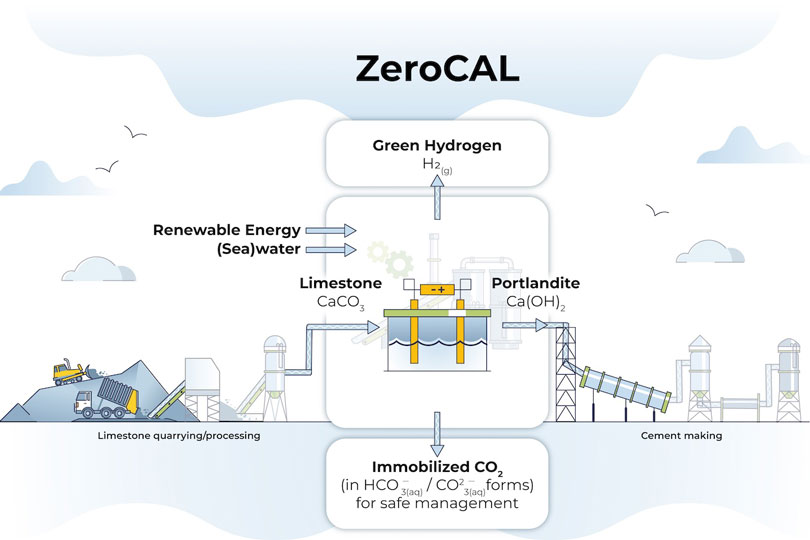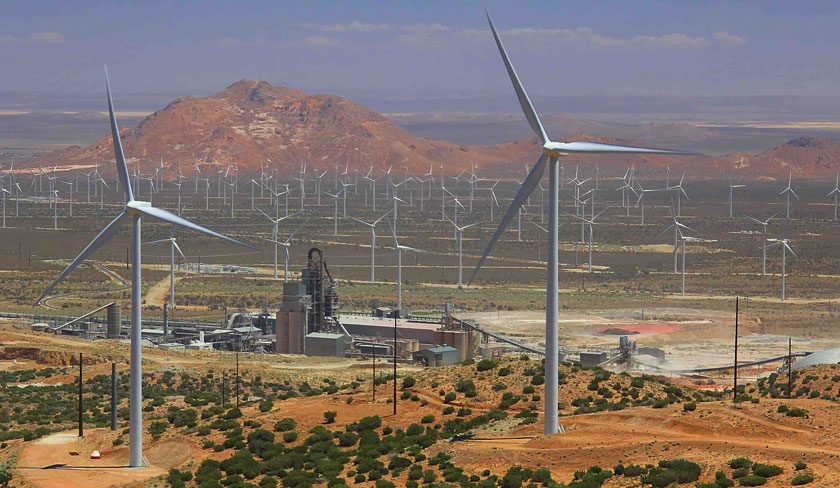Researchers from UCLA’s Institute for Carbon Management have developed a new method that could significantly reduce greenhouse gas emissions in cement production and, potentially, other industries.
The researchers describe in a recently published study in the American Chemical Society’s Sustainable Chemistry and Engineering journal how the new process could be easily incorporated into existing cement-production processes, providing a more affordable alternative to existing solutions to decarbonize the industry.
The ZeroCAL approach uses limestone feedstock to produce calcium hydroxide – which emits no carbon dioxide when burned to produce lime for cement. Byproducts of the process include hydrogen gas, which can be used as a clean-burning fuel to heat cement kilns.

“First, [the ZeroCAL approach] addresses the carbon emissions resulting from limestone’s decomposition while providing clean hydrogen and oxygen to heat the cement kiln. Second, it enables onsite decarbonization while making use of existing kilns and limestone feedstocks without having to build separate carbon-capture and storage facilities,” explained Gaurav Sant, the study’s corresponding author and the Pritzker Professor of Sustainability at UCLA Samueli School of Engineering.
While the process currently requires more energy than existing lime-production methods, ongoing research suggests pathways by which ZeroCAL can achieve energy-use parity by simplifying and eliminating unit operations and making better use of the electrolytically produced acid and base co-products.
The UCLA research team is partnering with India-based Ultratech Cement to build a demonstration that will produce several metric tons of lime per day using the ZeroCAL process.



